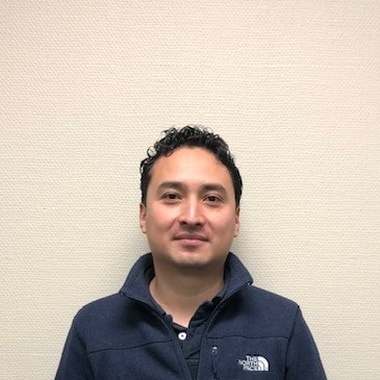Bathymetry
Latest news
Latest videos
A new $7.2 million research project is about to look into New Zealand's future in a changing climate.
Bay of Islands Coastal Survey complete
The Bay of Islands coast is under increasing pressure from human activities, both land-based and marine. As part of the government’s Ocean Survey 20/20 programme, Land Information New Zealand (LINZ) commissioned NIWA to carry out a comprehensive survey of the region’s seafloor habitats and biodiversity.
New posters reveal dynamic seafloor
Three new posters reveal the seafloor of the Cook Strait and Wellington Harbour in high resolution detail for the first time. These posters are the product of recent sophisticated seafloor mapping combined with expert marine geological knowledge acquired over decades. They are the culmination of an exceptional collaborative effort among NIWA researchers.





























